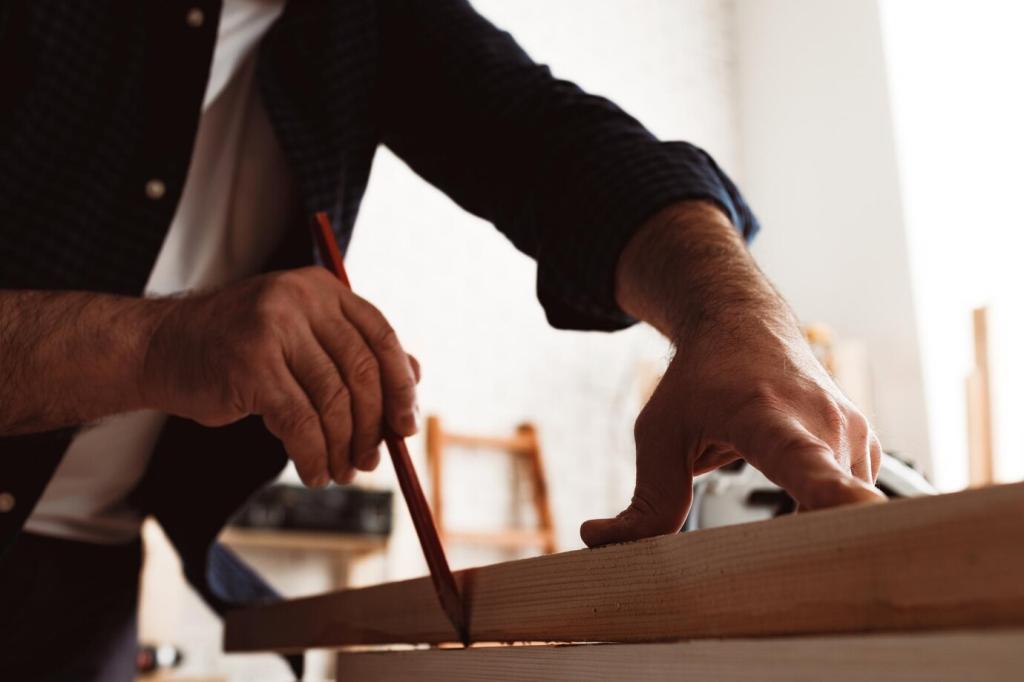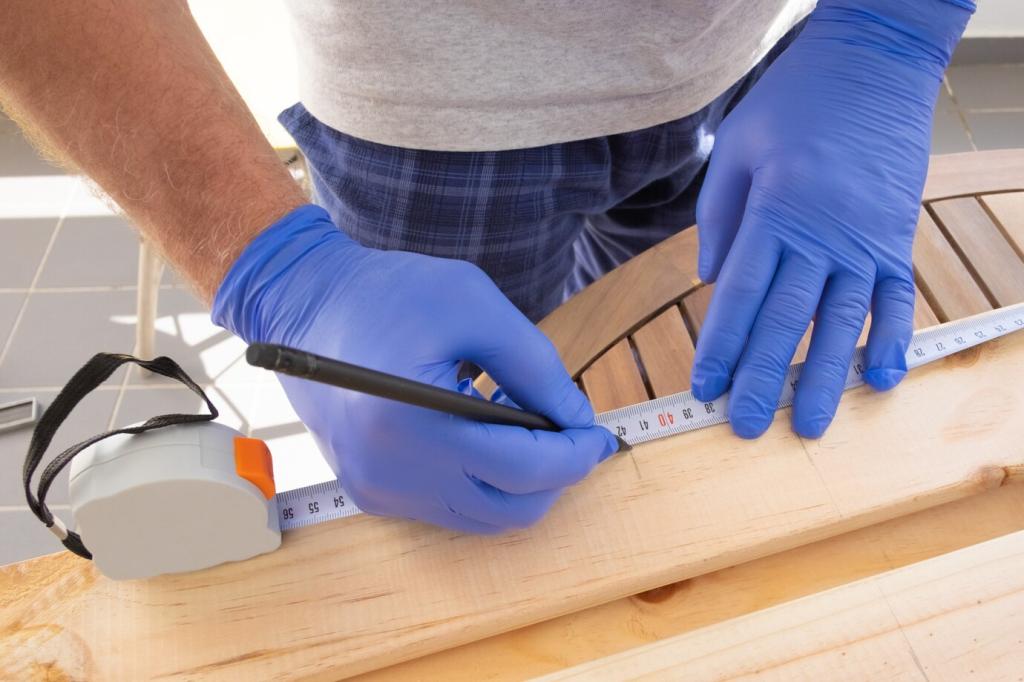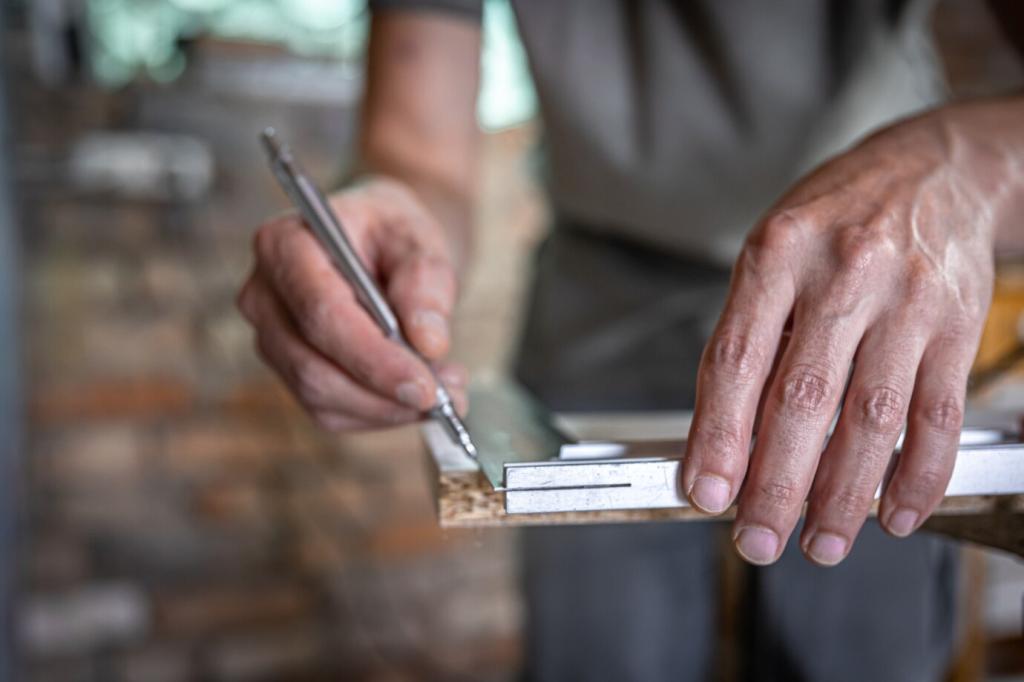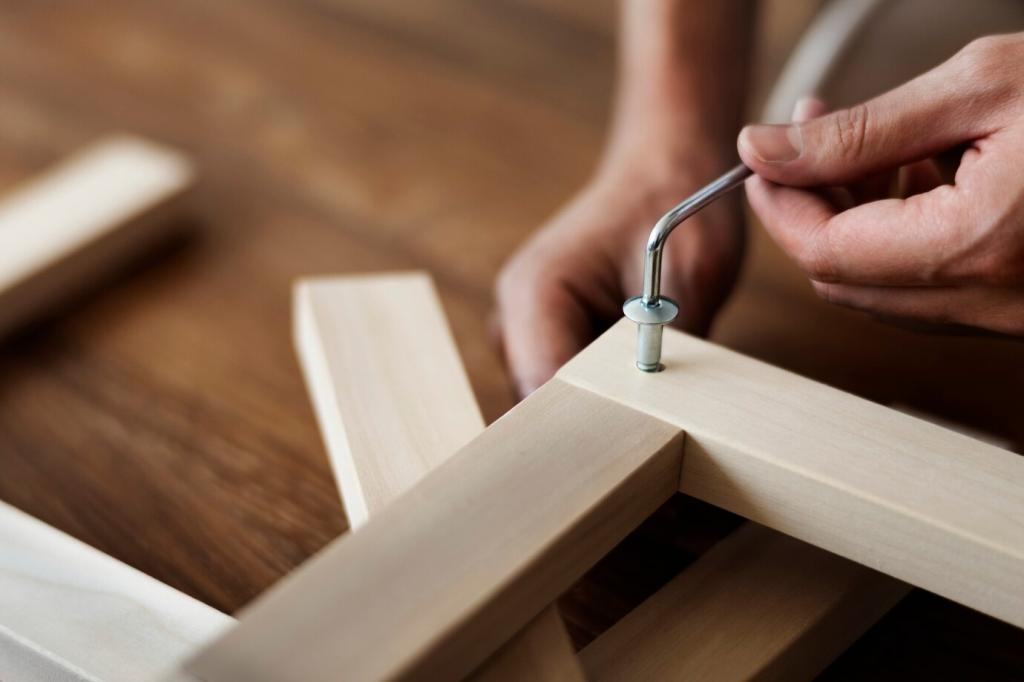Green Cleaning Essentials for Everyday Care
Mix white vinegar, distilled water, and a few drops of gentle castile soap for a versatile cleaner that cuts grime without fumes. Add lemon peel for a fresh scent. Avoid on stone or delicate finishes. Share your favorite green blends in the comments to inspire our community.
Green Cleaning Essentials for Everyday Care
Every finish reacts differently, so always spot-test under a chair seat or behind a leg. Oak, walnut, and bamboo appreciate slightly damp microfiber; rattan prefers a dry brush. Fabric blends vary too, from linen to microfiber. Tell us your surface challenges, and we’ll troubleshoot together.
Green Cleaning Essentials for Everyday Care
Weekly dust with a microfiber cloth, monthly refresh with a mild cleaner, and seasonally condition wood with low-VOC oil or wax. Habit-stack care with chores you already do. Comment with your routine, and subscribe to get printable, eco-minded checklists tailored to busy, real-life households.




